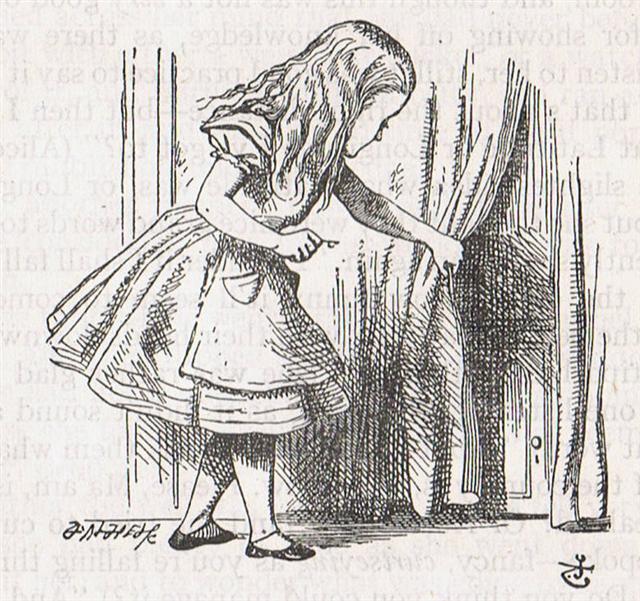Reasonably we can then assume there was a day zero (with no glyph incised on the tablet) at the beginning of side a - ordinal numbers cannot handle fractions and they must be left in darkness (but certainly alive as the inside of a closed clam sheell):
Not even today when counting down to rocket launchings are fractions of seconds used. From these facts we can decuce that such a sum as 421
could equally well be expressed as a more satisfactory (even number) integer *422. Both the G and the C texts were designed in this fashion. *422 + *418 = *840 days = *210 weeks. There were twice 21 assessors in the Egyptian Underworld.
Therefore the whole B text could cover 840 + 88 (two and twenty good four-wheeled wains) = 928 (= 2 * 464 = 32 * 29) right ascension days. Although the different number of glyph lines on side a compared to that on side b might possibly indicate that side a should be regarded as a complete calendar text and side b as another such complete text. In which case a day zero could be also at the beginning of side b. *422 + *419 = *841 (= 29 * 29) right ascension days. 928 - 841 = 3 * 29 = 87. And why not insert day zero on side b of the tablet instead at the begining of glyph line Bb11? The B text could then be regarded to cover approximatively *1 + *421 + *418 + *1 + *88 = *929 right ascension days. 260 + 1 = 9 * 29. *88 (= 22 * 4 'wagon wheels') could be an allusion to 3 synodic months, i.e. to 3 * 29½ = *88½ notches as once upon a time were incised on the ancient mammoth bone. To describe 88 + the fraction around ½ the creator of the B text could have used both 88 and *89.
|
|||||||||||||||||||||||||||||||||||||||||||||||||||||||||||||||||||||||||||||||||||||||||||||||||||||||||


